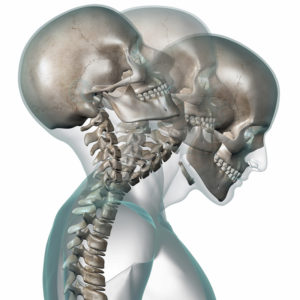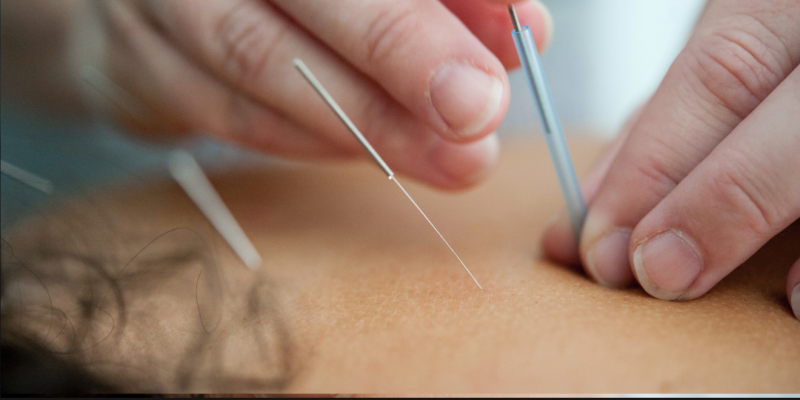By addressing the root of the problem, regularly scheduled bodywork sessions can greatly reduce headaches as well as your need for medication. Remember, headaches are not normal, and you don’t have to live with them.
Headaches come in many varieties.
Following is a short list of the most common types.
Migraine Headaches
Migraine headaches occur when the blood vessels in the brain become dilated, usually due to a chemical reaction, such as food allergies or a stress response. They often start with visual disturbances and quickly develop into severe head pain accompanied by nausea, vomiting, dizziness, and sensitivity to light. They’re usually felt on one side of the head, but can be on both sides.
Migraines are often managed with medications and avoidance of foods known to trigger them, such as red wine, chocolate, aged cheese, and nuts. However, some bodywork techniques can also be effective in easing migraines or decreasing the frequency of these painful headaches.
Tension Headaches
Exaggerated by stress, tension headaches are related to poor posture, jaw problems (such as temporomandibular joint disorder, or TMJ), and neck pain. Many people describe a headache that starts at the base of the skull and then moves in an arc over the ears and behind the eyes. Tension headaches are most often caused or exacerbated by poor posture, workstation positions, and body mechanics, creating undue stress on the upper neck muscles.
Mixed Headaches
The term mixed headache is used to describe a tension headache that leads to a migraine. Typically, the tension headache starts first and the chemicals produced from the pain of it create conditions for a migraine to develop. In people with patterns of mixed headaches, the best way to avoid the onset of a migraine is to treat the tension headache.
Bodywork Treatment Options
A treatment regimen that includes bodywork, attention to body position, and stress management can help prevent or greatly reduce the frequency of headaches, in turn reducing your reliance on medication and the need to avoid food triggers. There are many different bodywork techniques, each with specific approaches for treating headaches. Following is a short list of techniques often effective in treating recurring headaches.
Swedish Massage
A tension headache, by its very name, implies the presence of stress and tension. Swedish massage, on the other hand, promotes relaxation and relieves muscle tension. When muscles become tight due to stress or poor posture, they eventually adapt a chronically shortened state. Swedish massage teaches the body how to let go of muscle tension and reset muscle tone.
Integrative Bodywork
Rolfing, Hellerwork, Structural Integration, and CORE are examples of the types of bodywork designed to improve posture and structural alignment. A primary cause of chronic headaches is poor posture, which produces tension in the neck and shoulders because the weight of the head is not properly balanced on top of the spine. Integrative bodywork can produce a lasting postural change for greater ease of movement. By selectively freeing the soft tissues, integrative bodywork literally can change postural alignment and remove the stresses and strains on the muscles that cause headaches.
Deep Tissue Therapies
The integrative therapies mentioned above, as well as neuromuscular therapy and myofascial release, use similar techniques to free connective tissue. A chronically tensed muscle tends to maintain that tension, even after the stressful event has passed. Deep tissue techniques free the connective tissue glue, creating a new way for the muscle to function.
Reflexology
Like acupuncture, reflexology works to move energy blockages in the body. By stimulating points on the feet that correspond to organs in the body, reflexologists can promote relaxation, reduce pain, and restore energy flow. Several scientific studies have shown that reflexology is a viable treatment for migraines, in some cases working as well as, or better than, medication–and without the side effects.
Craniosacral Therapy
Craniosacral therapy addresses the inherent, gentle, rhythmic movement of the bones in the skull and their effect on the fluid that surrounds, bathes, and cushions the brain and spinal cord and runs throughout the body. Cranial bones move in minuscule amounts as a response to the production and absorption of cranial fluid. With head trauma, whiplash injury, or even severe stress, cranial bone movement can be compromised, resulting in headaches, dizziness, ringing in the ears, or vision disturbances. This therapy restores the normal movement of the cranial bones and fluid.
Let the team at Hatch Chiropractic find the right approach to help you end your battle with that nagging pain in your head. Schedule your appointment now.







